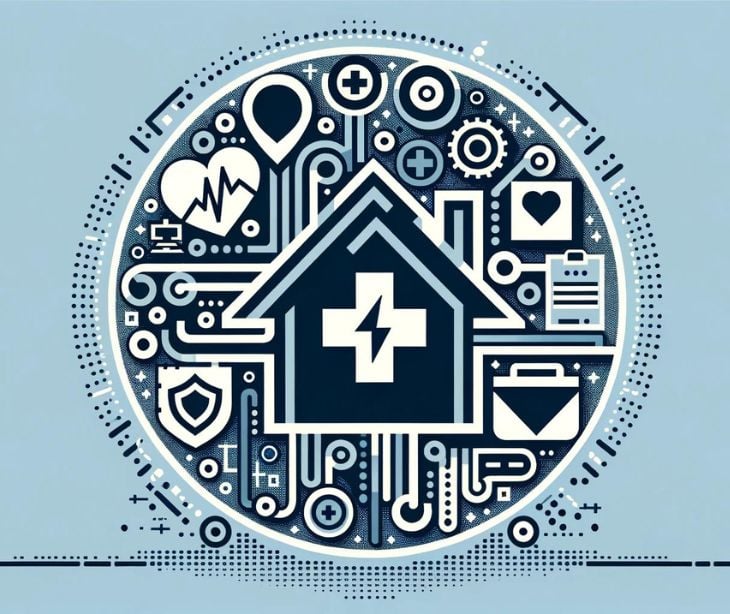
The Combined Common Edits/Enhancements Module (CCEM) plays a role in Medicare claims processing by actively checking and validating the accuracy of submitted claims. It applies detailed rules and edits to each claim, ensuring they meet Medicare's strict coding and billing standards. The primary purpose of CCEM is to catch errors or inconsistencies in claims early in the process, which helps prevent incorrect payments and reduces the number of claim denials. This leads to quicker processing times and fewer issues for healthcare providers. Regular updates to the CCEM ensure it stays aligned with the latest medical advancements and policy changes, keeping Medicare claims processing efficient and up-to-date.
Deadlines and implementation dates for the latest CCEM update
The primary date to mark is April 1, 2024, which serves as both the effective and implementation date for these updates. This means that as of April 1, 2024, all Medicare Administrative Contractors (MACs) and other relevant healthcare entities must have integrated the new code sets into their systems. Leading up to this date, organizations should engage in preparatory activities, including system testing, staff training, and updating internal processes to align with the new requirements.
See also: HIPAA Compliant Email: The Definitive Guide
The CCEM Code Set update
International standards for country codes: The inclusion of ISO 3166-1 codes for country identification. This standardization is necessary for accurately processing claims that involve international aspects, such as foreign travel emergencies.
Country subdivision codes (ISO 3166-2): These codes provide more specific geographic data, enhancing the precision of location-based information in claims.
State codes for the US, Canada, and Mexico: The update ensures that state-level coding is consistent and accurate across North America, which is necessary for regional healthcare service claims.
Not otherwise classified (NOC) Procedure codes: Defined by CMS, these codes are for categorizing procedures or services that don't fall under existing codes. Their regular update ensures that new or evolving medical services and procedures are accurately captured.
National uniform billing committee condition codes: These are for the 837 Professional claim form. Their update ensures compliance with the latest billing standards, thereby reducing billing errors and improving the efficiency of claims processing.
See also: Understanding HIPAA and the Transaction and Code Sets Rule
Why it matters
These updates help maintain accurate and up-to-date Medicare claims processing. They ensure the CCEM can effectively validate claims against current medical practices and billing standards. This alignment is necessary for the following reasons:
- By keeping the code sets current, the CCEM minimizes the risk of claims being rejected or delayed due to outdated or incorrect coding.
- Updated codes allow for more precise and detailed claims, leading to a more accurate representation of healthcare services provided.
- Regular updates reflect evolving healthcare procedures and technologies, ensuring that the claims process is always aligned with the latest healthcare delivery models.
- Keeping code sets updated ensures compliance with healthcare regulations and standards, which is for legal and operational reasons.
How will the CCEM Code Set Update affect healthcare providers and patients?
For healthcare providers, these updates streamline the claims process, reducing the frequency of claim rejections and the need for resubmissions. This improved accuracy speeds up reimbursements, allowing providers to focus more on patient care rather than administrative tasks. Patients benefit from these updates through a smoother healthcare experience, as timely provider reimbursements lead to fewer billing complications. Additionally, the precise and up-to-date coding of medical procedures in their records enhances the quality of ongoing care, especially for those with complex medical needs.
See also: HIPAA's Transaction and Code Sets Rule
Subscribe to Paubox Weekly
Every Friday we'll bring you the most important news from Paubox. Our aim is to make you smarter, faster.




